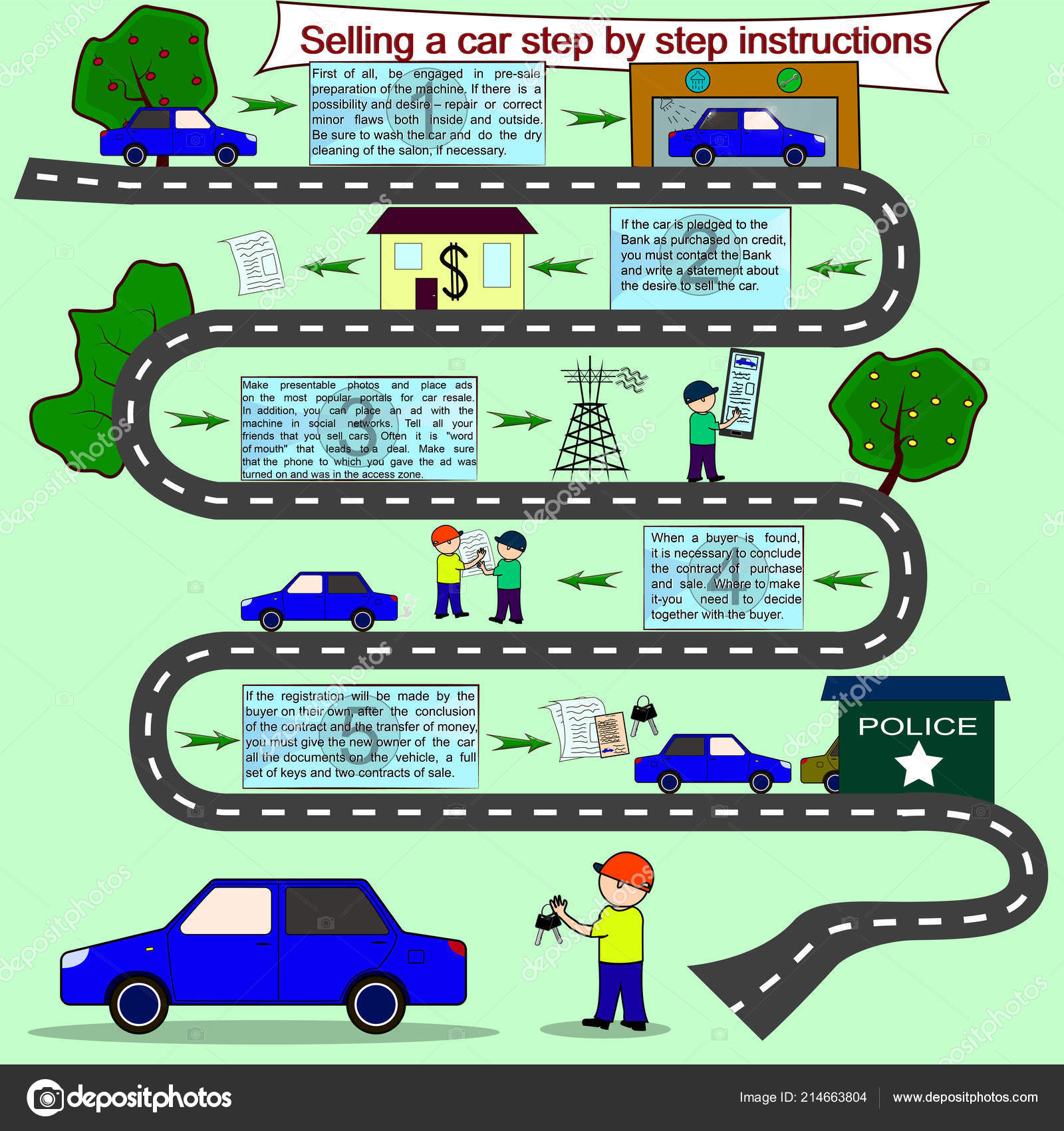Gain Understanding Right Into The Dashboard Warning Lights In Your Lorry To Recognize Their Ramifications On Your Auto'S Well-Being And Safety And Security
Gain Understanding Right Into The Dashboard Warning Lights In Your Lorry To Recognize Their Ramifications On Your Auto'S Well-Being And Safety And Security
Blog Article
Authored By-Cheng Conradsen
When you lag the wheel, those beautiful warning lights on your control panel can be a little bit bewildering. Do you know what they're trying to tell you regarding your vehicle's health and wellness? Comprehending just click the next site of these lights is important for your security and the durability of your vehicle. So, the next time one of those lights appears, wouldn't you want to decode its message accurately and take the necessary actions to address it?
Common Warning Lights and Interpretations
Determine typical warning lights in your cars and truck and understand their meanings to ensure risk-free driving.
Click At this website of the most normal caution lights consist of the check engine light, which indicates concerns with the engine or exhausts system. If this light begins, it's essential to have your car inspected quickly.
The oil stress cautioning light suggests reduced oil stress, calling for instant focus to prevent engine damage.
A blinking battery light may suggest a faulty charging system, potentially leaving you stranded otherwise addressed.
The tire stress monitoring system (TPMS) light signals you to low tire pressure, influencing car stability and fuel efficiency. Overlooking this might result in risky driving conditions.
The ABS light suggests an issue with the anti-lock stopping system, jeopardizing your capacity to stop quickly in emergency situations.
Lastly, the coolant temperature advising light warns of engine overheating, which can result in serious damages otherwise solved swiftly.
Comprehending these usual warning lights will help you deal with problems quickly and preserve secure driving conditions.
Significance of Prompt Attention
Recognizing the usual caution lights in your automobile is only the very first step; the significance of quickly dealing with these cautions can not be emphasized sufficient to ensure your safety and security when driving.
When a warning light brightens on your control panel, it's your cars and truck's method of interacting a possible issue that requires focus. Disregarding these warnings can result in more serious troubles down the road, compromising your safety and possibly costing you much more in repairs.
Trigger attention to cautioning lights can avoid malfunctions and mishaps. As an example, a blinking check engine light can show a misfire that, if left unattended, could cause damages to the catalytic converter. Addressing this immediately can conserve you from an expensive repair service.
In a similar way, a brake system alerting light may signal reduced brake liquid or used brake pads, important parts for your safety when driving.
Do It Yourself Troubleshooting Tips
If you observe a caution light on your dashboard, there are a couple of do it yourself fixing tips you can attempt prior to seeking specialist assistance.
The initial step is to consult your cars and truck's guidebook to understand what the specific caution light suggests. Sometimes the issue can be as straightforward as a loose gas cap triggering the check engine light. Tightening the gas cap may fix the issue.
An additional usual problem is a reduced battery, which can activate various alerting lights. Inspecting the battery connections for rust and guaranteeing they're safe and secure could repair the issue.
If a caution light lingers, you can try resetting it by disconnecting the auto's battery for a couple of mins and after that reconnecting it. Furthermore, checking your vehicle's fluid degrees, such as oil, coolant, and brake fluid, can aid repair advising lights related to these systems.
Final thought
Finally, comprehending your car's warning lights is necessary for keeping your automobile running efficiently and securely. By quickly resolving these notifies and understanding what they indicate, you can stay clear of costly fixings and prospective break downs.
Keep in mind to consult your vehicle's guidebook for particular details on each advising light and do something about it appropriately to guarantee a hassle-free driving experience.
Keep notified, stay secure on the road!
